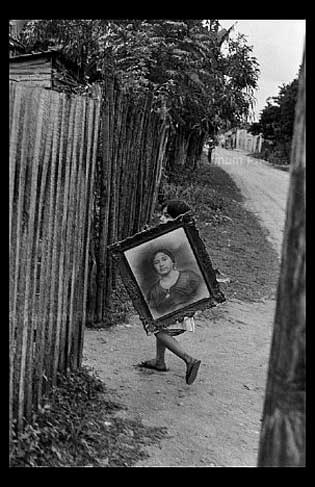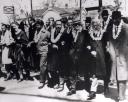All postings, and pages, for this site are seen as texts as in ‘particulars’ or parts. But each post or page is as I will later point out in relation to an ‘ultimate’ context.
The parts or particulars are as in Wilber;
“To understand the whole it is necessary to understand the parts. To understand the parts, it is necessary to understand the whole. Such is the circle of understanding.
We move from part to whole and back again, and in that dance of comprehension, in that amazing circle of understanding we come alive to meaning, to value, and to vision: the very circle of understanding guides our way, weaving together the pieces, healing the fractures, mending the torn and fractured fragments, lighting the way ahead – this extraordinary movement from part to whole and back again, with healing the hallmark of every step, and grace the tender reward.” Eye of Spirit; an integral vision for a world gone slightly mad by Ken Wilber (1997) pub. Shambhala p.1.
Handling more and more challenging texts is one way to think of progress in education.
One aspect of post-modernism is the attention paid to con-texts. Literally con-text = what (meaning) comes with the text. A whole bunch of questions then become vital for examining the the text in one or more contexts. For example who wrote it or made it and for whom – and why, with what reward, what pressures etc.
One key variable then for the teacher is how s/he emphasizes (or de-emphasizes) contexts as s/he conducts discourse with the class.
I always felt that historical contexts were less important than how a text helps us right now- the group – in informing our selves more deeply concerning, ‘What it is to be positively and fully human’.
One source of novelty in post-modernist art is to re-contextualize objects – literally to give them a new framework. A friend got her first-class honours degree for – amongst other pieces of work – taking a reproduction of an old master and tucking under the arm of a central figure a baby dinosaur.
The most memorable teaching of my life was with a group 12-13 year olds when discussing the shortest story in the world, “When I woke up the dinosaur was still there.” All the drive and creativity was in construction of possible contexts as well as discussing whether or not it constitute a ‘story’ in any meaningful way. In due course I will post sections of the video of the ‘story lesson’.
Schools and teachers should provide experiences that help with developing a sense of the Whole and not just the ‘hell of relativity’ when the world is presented as just endless bits.
The ultimate context that we are all in, in reading all of the texts that come our way, is one of mystery, of not knowing. When we accept that we can enjoy both the concepts of separation and duality and the amazement of laying down the burden of self in an experience of unity- as in Heschel’s;
“The world presents itself in two ways to me. The world as a thing I own, the world as a mystery I face. What I own is a trifle, what I face is sublime. I am careful not to waste what I own; I must learn not to miss what I face. We manipulate what is available on the surface of the world; we must also stand in awe before the mystery of the world. We objectify Being but we also are present at Being in wonder, in radical amazement.” A. J Heschel
Peter Ustinov makes the point in a different way; “We are united by our doubts and divided by our convictions.”
Our encounters with the Whole are part of the personal story (history or her-story) that we make up to explain the cosmos. We should all write our ‘personal myth’ at some stage. As an example I will post mine separately.
In the light of the above comments I have added this to the front page of the site;
CONTEXTUAL QUESTIONS AND ANSWERS
3 Questions and suggested answers that provide the context for all posts and pages on these sites
—–0—–
Q 1) “What is it to be positively & fully human?” = the most important of all questions. My answers are in 2 and 3 below.
—–0—–
Q 2) “What is it to function holistically?” My answer =
“To proceed in all particulars with a sense of the whole.”
Two quotations that are key to understanding. Firstly Jung’s,
“The utterances of the heart— unlike those of the discriminating intellect— always relate to the whole.”
Secondly Heschel’s;
“Concepts are delicious snacks with which we try to alleviate our amazement.”
—–0—–
Q 3) How in one sentence does my PhD answer the question, “How should we educate to create a paradigm shift in education?”
—–0—–
The SunWALK model of spiritualizing (or humanizing) pedagogy sees human education as:
the storied development of meaning, which is
constructed, and de-constructed,
physically, mentally and spiritually, through
Wise & Willing Action, via
Loving and Knowing – developed in
Community, through the
‘Dialectical Spiritualization’ of
Caring, Creativity & Criticality processes, all undertaken in the light of the
‘Sun’ of chosen higher-order values and beliefs, using
best available, appropriate content.
NB Please see these 3 questions, and suggested answers, as the context for all postings and pages on these sites.
The diagram that pulls everything together
Summaries of SunWALK model are HERE
—–0—–









 Source
Source